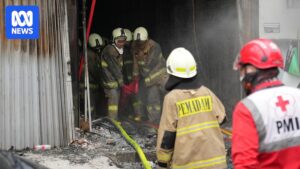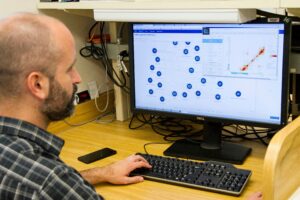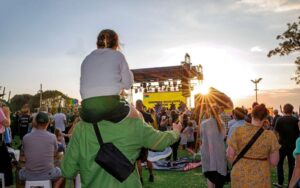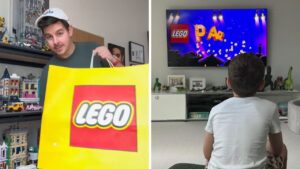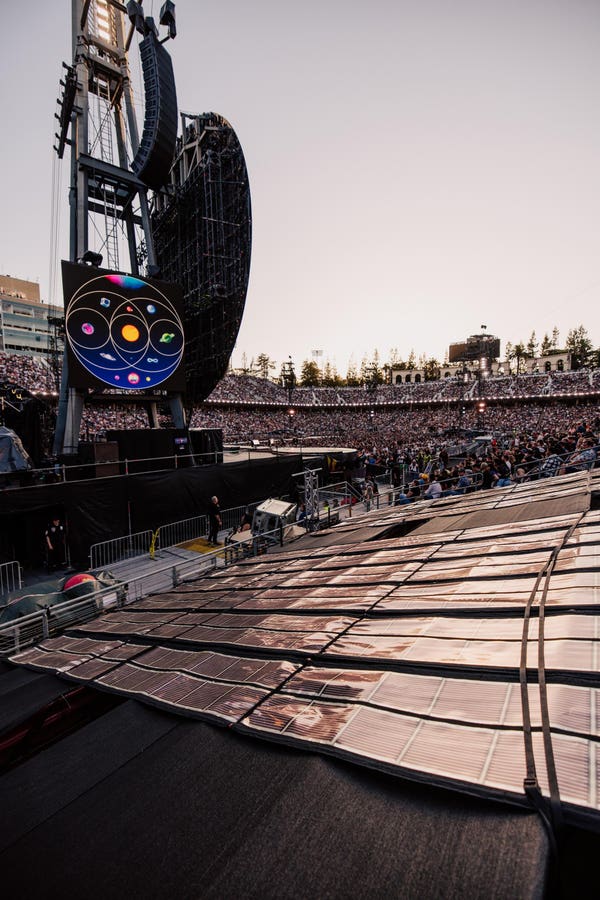
Coldplay’s Music of the Spheres World Tour is breaking new ground, not just musically but environmentally. The band is deploying lightweight, recyclable solar panels made by Kardina Energy at its concerts across 19 countries and 21 venues. These panels, covering 500 square meters, are quietly generating power behind the scenes, showcasing a new frontier for clean energy in live entertainment.
This initiative is more than a concert novelty; it represents a strategic shift towards adopting portable clean energy solutions. Live events are becoming a testing ground for innovative solar power applications, demonstrating how such technologies can extend beyond stadiums to industrial rooftops, disaster relief, and developing countries where traditional solar panels are impractical due to their weight and cost.
Revolutionizing Renewable Energy in Entertainment
According to Luke Howell, Coldplay’s sustainability consultant and founder of Hope Solutions, “Printed solar allows us to cover that space with solar PV that’s perfect for touring. It’s lightweight, easy to deploy, and, along with our kinetic energy dance floors and power bikes, it gives us a way to demonstrate how alternative energy sources can reduce emissions on the tour.”
Coldplay has been experimenting with various renewable energy solutions over the years, from ground-mounted solar in Mexico to wind turbines atop delay towers. Kardina’s printed solar panels, however, mark a significant advancement. These panels can be rolled out behind a stage to power the show and then rolled back up for transport to the next venue.
“Wherever we can, we charge our 1.68 megawatt-hours tourable battery system from the grid or onsite renewables, which means we can dramatically reduce generator use and avoid fossil fuels,” Howell added, noting that this approach offsets roughly 1,000–1,200 kilograms of CO₂ per show.
Kardina Energy: Innovating Solar Technology
Kardina Energy, a small Australian company founded in 2020, is at the forefront of this innovation. Despite the company’s recent establishment, the technology behind printed solar has been in development for over 30 years. Weighing only 300 grams per square meter, these panels are a fraction of the weight of traditional silicon modules, which typically weigh between 15 and 20 kilograms per square meter.
While Kardina’s panels require about four times more space, they cost roughly ten times less, with a payback period of 12 to 18 months depending on local energy prices. Each 500-square-meter installation can produce between 75 and 100 kilowatt-hours daily, enough to power the stage and support backstage operations. All components are reusable, reducing e-waste, and the panels can be upgraded every 5–7 years, following a “mobile phone plan” model that allows for performance improvements over time.
“It literally opens up the world to a different type of solar energy,” Anthony Letmon, co-founder and CEO of Kardina, stated. “It goes on a roof, it can go on the floor, it goes on the stage. We’ve been able to position this in real-world environments, powering shows while demonstrating portability, sustainability, and rapid deployment.”
Beyond Concerts: Broader Implications
Printed solar technology is manufactured using a roll-to-roll printing process on repurposed wine-label machinery, bypassing traditional silicon supply chains and enabling more localized panel production. Beyond concerts, this technology has been tested on industrial rooftops in Australia for four years, proving its durability and economic viability.
The implications extend far beyond live music. Kardina’s model illustrates how solar can be portable, modular, and part of a circular economy, addressing two key barriers to renewable energy adoption: infrastructure constraints and waste. With panels that can be deployed, rolled up, and redeployed, organizations from sports arenas to commercial rooftops—even emergency response teams—can harness clean energy without the heavy logistics of traditional photovoltaic installations.
“This is a blueprint for how music and science can disrupt the status quo and decarbonize live entertainment on a massive scale,” Letmon explains. “If it can work on a global tour with the logistical and environmental challenges that come with it, it can work anywhere.”
The Future of Clean Energy in Entertainment
As Coldplay’s tour continues through cities like Las Vegas, El Paso, Miami, and Boston, Kardina’s panels will remain on the road, providing a tangible demonstration of what light, low-impact solar can achieve. With Coldplay as a megaphone and Kardina as a technical innovator, this partnership offers a glimpse of a future where renewable energy is not just installed but performed, showcased, and normalized.
“We’d like to see solar PV used at every stadium the tour visits,” Howell says. “The solar we take with us gives us that opportunity, and it’s encouraging to see more venues installing permanent solar systems.”
By taking solar on tour, Coldplay and Kardina Energy demonstrate that renewable energy can be portable, scalable, and practical. The lightweight, flexible solar panels serve multiple purposes—from concerts to industrial rooftops to disaster zones, especially those areas where traditional panels are too costly or weighty. As the band continues its worldwide tour, they not only entertain millions but also promote clean energy globally—a sight worth seeing and a cause worth applauding.
